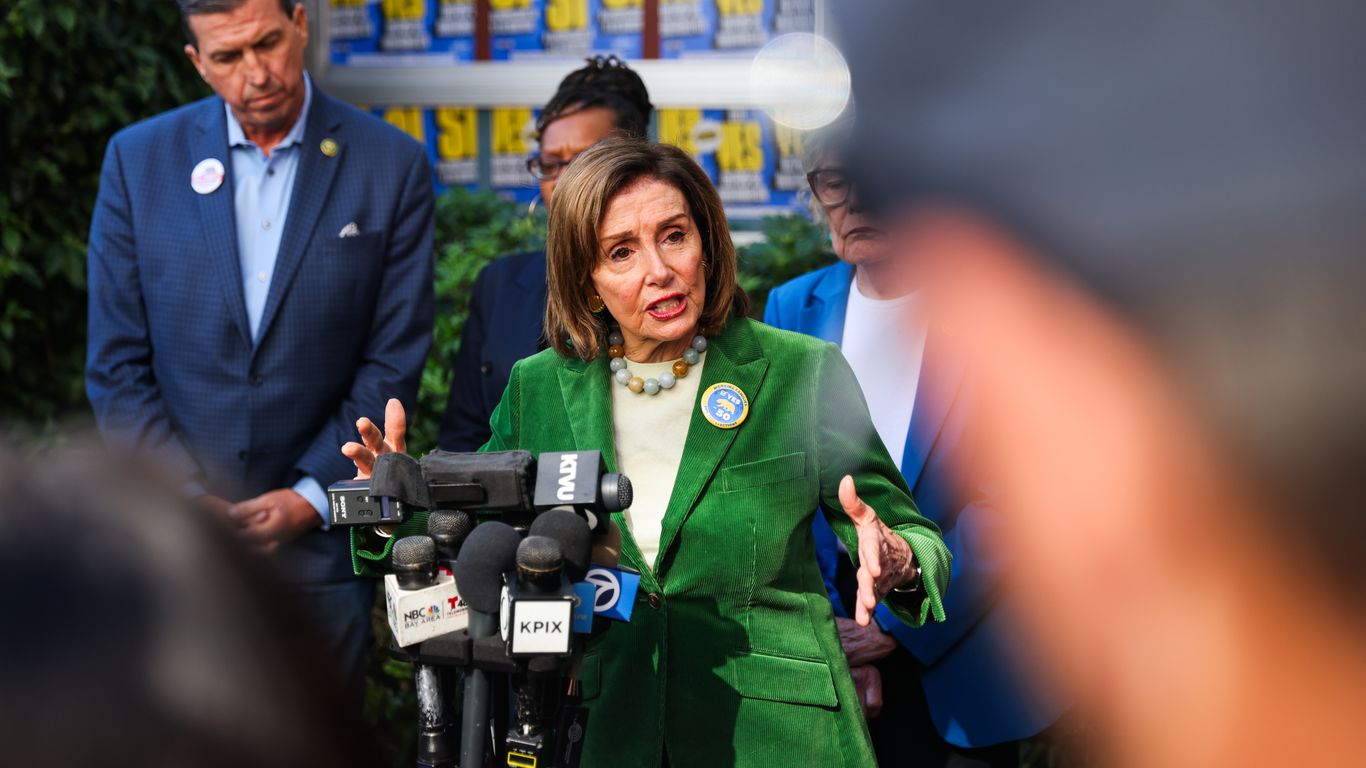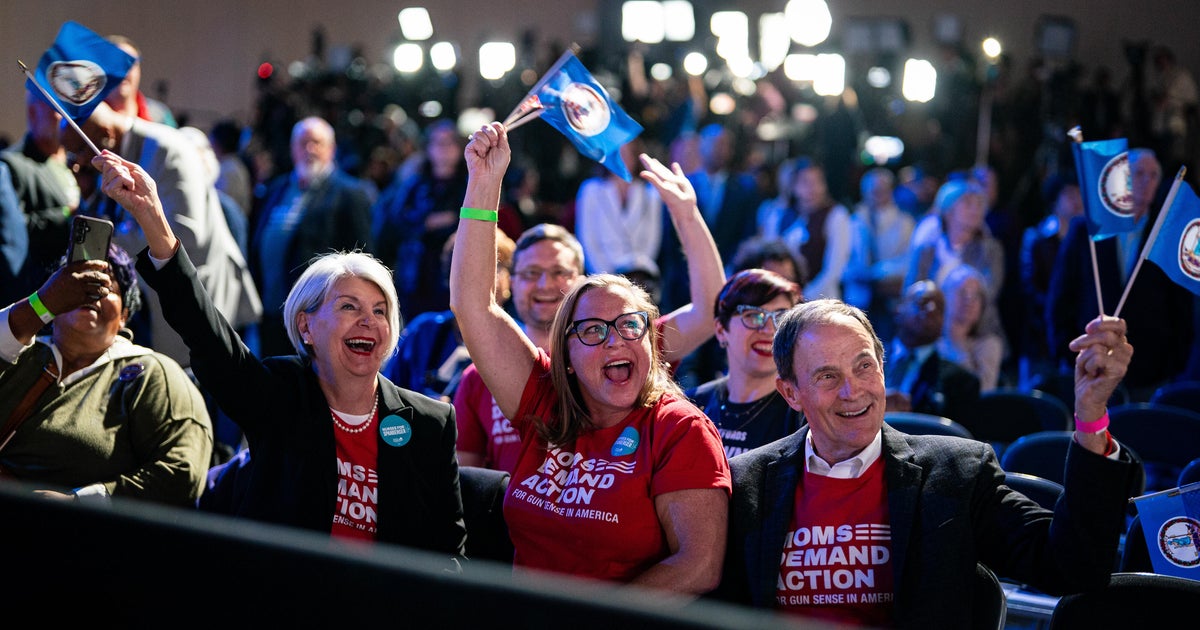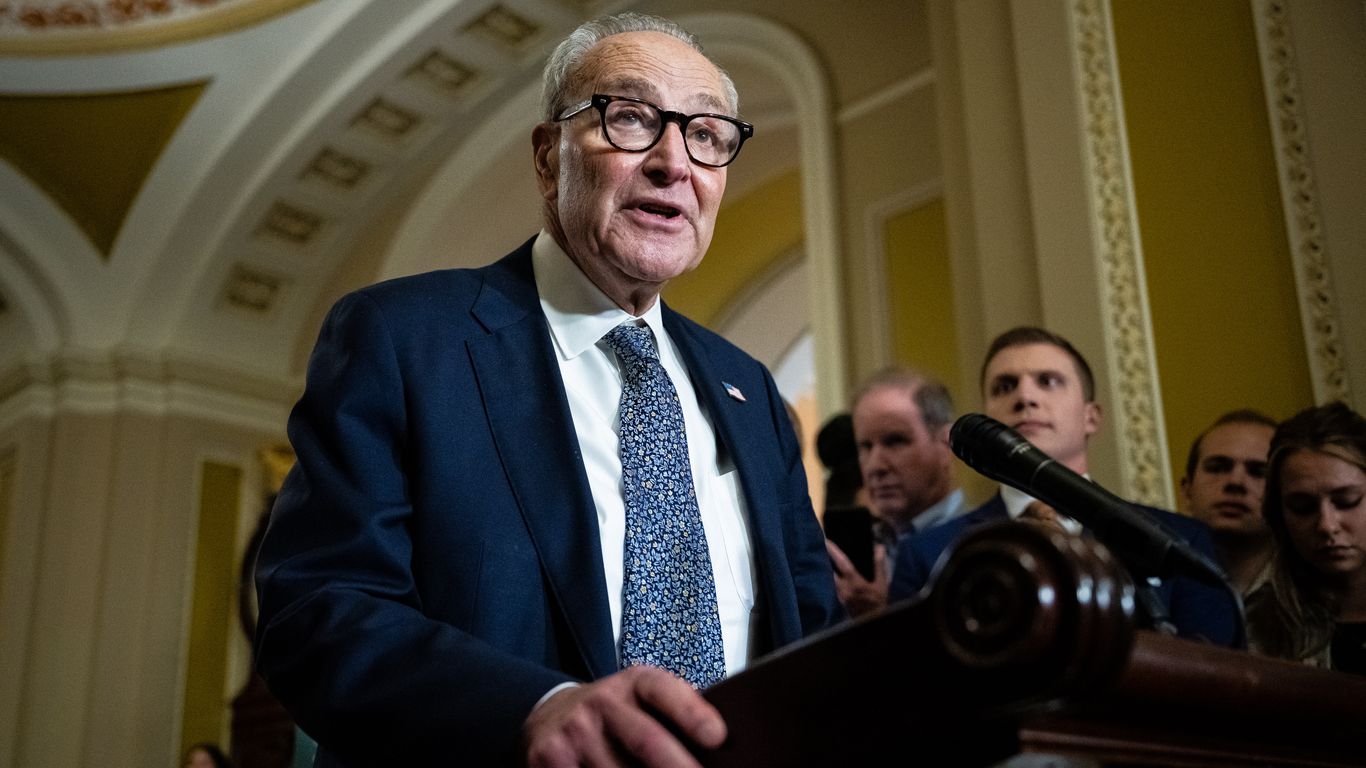Pelosi's Retirement Sparks Generational Debate in Democratic Leadership

Pelosi’s Retirement Sparks Generational Debate
Former Speaker Nancy Pelosi’s decision to retire after decades in Congress has reignited a fierce generational debate within the Democratic Party. Pelosi’s departure marks the end of an era defined by her strategic leadership and resilience in navigating partisan challenges, especially during the Trump years. Her exit opens the door for newer voices eager to reshape the party’s future.
Expectations Around Steny Hoyer’s Next Move
Following Pelosi’s lead, several House Democrats anticipate that Steny Hoyer, Pelosi’s long-time second-in-command, may soon announce his retirement. Hoyer’s potential departure could accelerate the transition to younger leadership, intensifying internal discussions about the party’s direction and priorities. His exit would symbolize a broader shift toward generational renewal in Democratic ranks.
Implications for Democratic Leadership
This period of change highlights a critical crossroads for Democrats as they balance honoring experienced leaders with embracing fresh perspectives. The evolving leadership landscape underscores the party’s ongoing struggle to unite different age groups while addressing urgent national issues in a rapidly changing political environment.
About the Organizations Mentioned
Democratic Party
## Overview of the Democratic Party The Democratic Party is the oldest continuing political party in the United States, with its roots tracing back to 1792 as the Democratic-Republican Party. Founded by Thomas Jefferson and James Madison, it initially advocated for a decentralized government and states' rights, opposing a strong central authority[1][2]. Over time, the party evolved, becoming more progressive and supportive of federal government intervention in social and economic affairs. ## History The modern Democratic Party was formally established in 1828, with Andrew Jackson's presidential campaign marking a significant turning point. Jackson's successful campaign expanded voting rights to all white men, regardless of land ownership, and further reduced federal power[3][6]. The party became deeply divided during the Civil War era, with Northern Democrats supporting limited slavery expansion and Southern Democrats advocating for its perpetuation[3][5]. Post-Civil War, the party became a stronghold for Southern whites who opposed Reconstruction[3]. ## Key Achievements The Democratic Party has played a pivotal role in shaping U.S. history: - **Civil Rights**: The party supported key civil rights legislation, including the Voting Rights Act and the Civil Rights Act of 1964. - **Social Programs**: Democrats have been instrumental in establishing and expanding social programs like Social Security, Medicare, and Medicaid. - **Economic Policies**: The party has often championed progressive economic policies, including labor rights and environmental protection. ## Current Status Today, the Democratic Party is a major force in U.S. politics, advocating for a strong federal government role in addressing social and economic issues. It emphasizes progressive policies on healthcare, climate change, and economic inequality[6]. ## Notable Aspects - **Symbolism**: The party's symbol, the donkey, originated from Andrew Jackson's opponents calling him a "jackass," which his supporters adopted as a mascot[6]. - **Diversity**: The party has become increasingly diverse, representing a wide range of socio-economic and
House Democrats
The **House Democrats**, formally known as the **House Democratic Caucus**, is the organization comprising all Democratic members of the U.S. House of Representatives. It plays a central role in organizing Democratic lawmakers to coordinate legislative strategy, build consensus, and promote the party’s policy agenda within the House. The Caucus supports its members by facilitating communication, leadership elections, and legislative priorities to advance progressive and social equality policies reflecting the broader Democratic Party’s platform[2][6]. The origins of the House Democratic Caucus trace back to April 2, 1796, evolving from the Democratic-Republican caucus established to oppose a treaty with Great Britain seen as unfair to American sailors. This early caucus was instrumental in nominating presidential candidates before the rise of national conventions. Over time, it became the organized body of House Democrats responsible for party discipline and leadership[2]. Key achievements of the House Democrats include shaping landmark legislation aligned with their progressive values, supporting social programs, economic equality, and government intervention for public welfare. The Caucus has been crucial in passing legislation during periods of Democratic control, such as health care reforms, environmental policies, and economic stimulus measures. Currently, as of the 119th Congress, the Caucus is led by House Minority Leader Hakeem Jeffries, the first African-American to hold this position. Other leaders include Katherine Clark as Minority Whip, Pete Aguilar as Caucus Chairman, and Ted Lieu as Vice Chair. This leadership reflects a blend of experienced and emerging figures focused on advancing the Democratic agenda in a politically divided House[2]. The House Democratic Caucus operates within the larger context of the Democratic Party, the oldest political party in the U.S., with roots dating to the late 18th century. It works closely with the Democratic National Committee and other party organizations to support candidates and policies nationwide. For business and technology observers, the Caucus’s stance on innovation, regulation, and economic policy significantly impacts sectors ranging from tech to finance[







